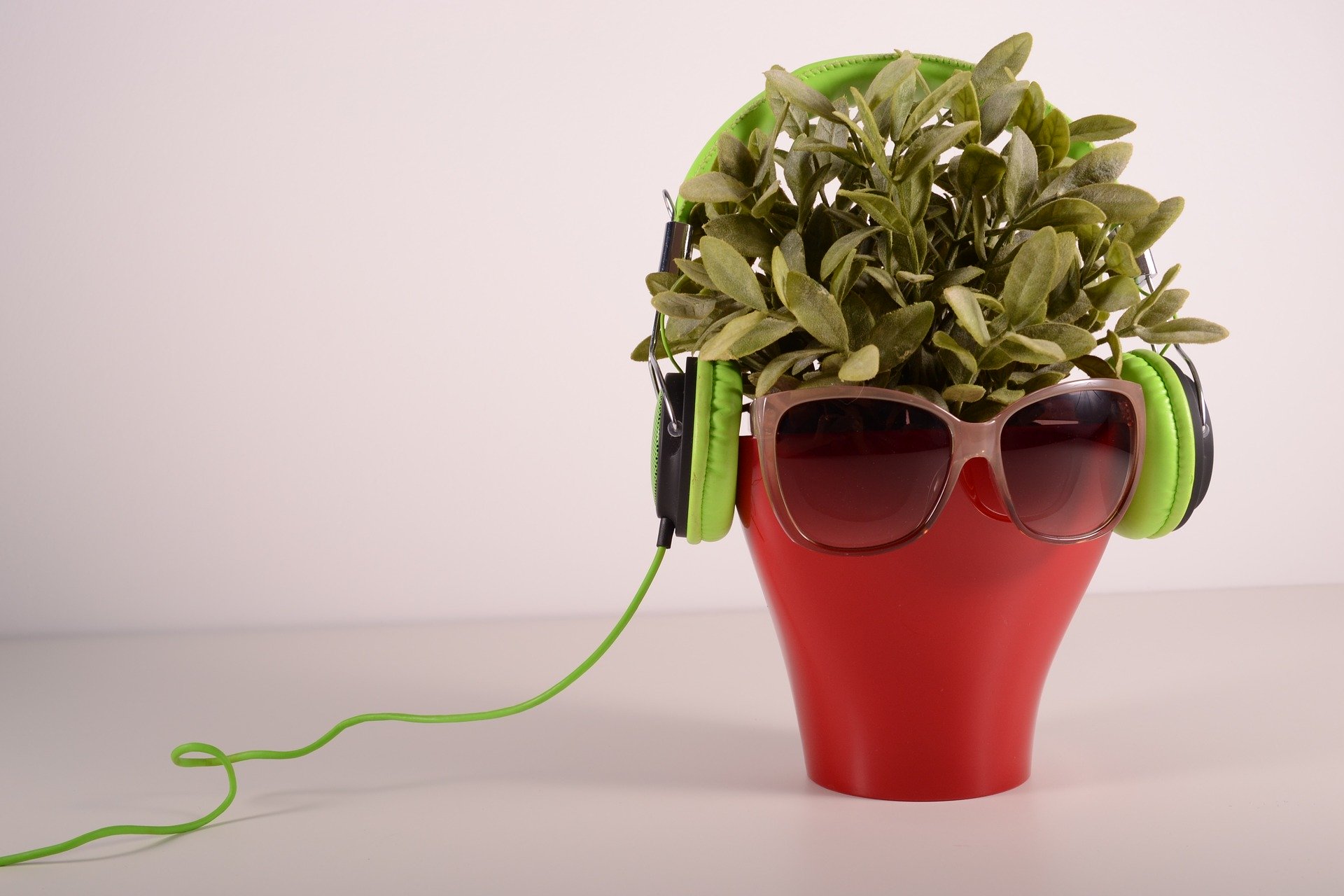Unlike your indoor plants, some of these myths have been around a long time but they just won’t die. If you’re still thinking any of these plant care tips are true, we’re going to put a stake through them now and forever.
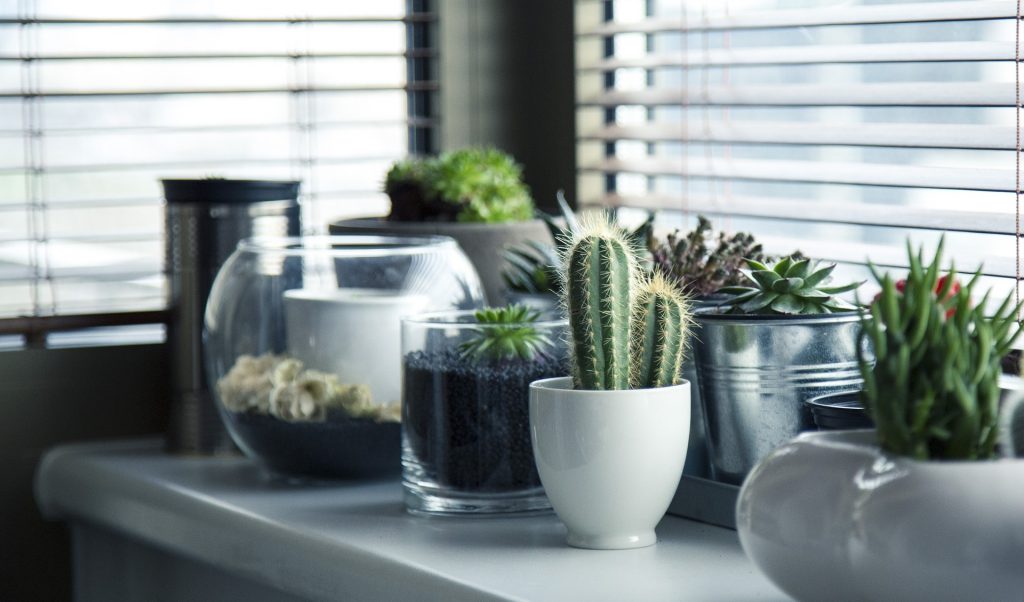
Don’t rush to put your new plants in bigger pots when you bring them home. Photo: MiliVanily/Pixabay
Myth #1: Put your brand new plants in a bigger pot right away to encourage them to grow
It seems like it would make sense. Giving a plant a chance to spread out its roots means it will grow bigger and faster, right? The truth is the opposite. Plants prefer having their roots completely filling out container space. When a plant senses it needs to fill out a bigger pot with new roots, it will divert its energy to the roots, not the stems, leaves, or blooms. A bigger pot also puts your plant at greater risk for root rot. So let your plants fill out the soil in a pot that is just big enough, and repot only when its roots are crowding out the soil.
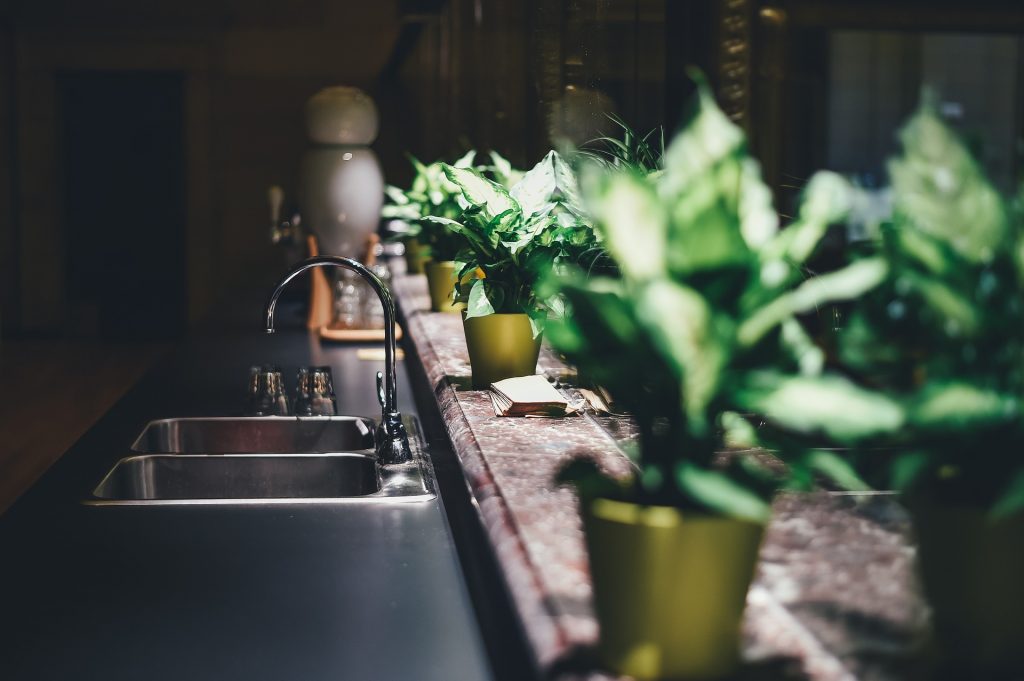
Your plants will enjoy a humid environment like a kitchen, but there is no need to mist them to increase humidity. Photo: Pexels – Pixabay
Myth #2: Mist your plants to increase humidity levels
It’s true that your indoor plants like a more humid environment than you do. But misting them doesn’t do much to raise the humidity for a long enough period of time to do any good. It won’t hurt anything, but to really give your plants a more humid growing environment you’d need to mist them every 10 minutes. You might try a humidity tray of water and pebbles under the pot to raise the humidity level – or put them in the kitchen or bathroom. You will be much better off buying and running a humidifier – or maybe move to New Orleans.
Myth #3: You need to water your indoor plants with distilled water, not tap water
We used to be concerned about chlorine in tap water hurting indoor plants. But it’s no longer true if it ever was. Water treatment plants use more environmentally friendly methods of purifying water including gentler formulas of chlorine. Most common indoor plants do just fine with regular tap water. There are just a few plants where you should consider using bottled water or rainwater, such as African Violets. But these are rare exceptions. Tap water is fine, room temperature, please.
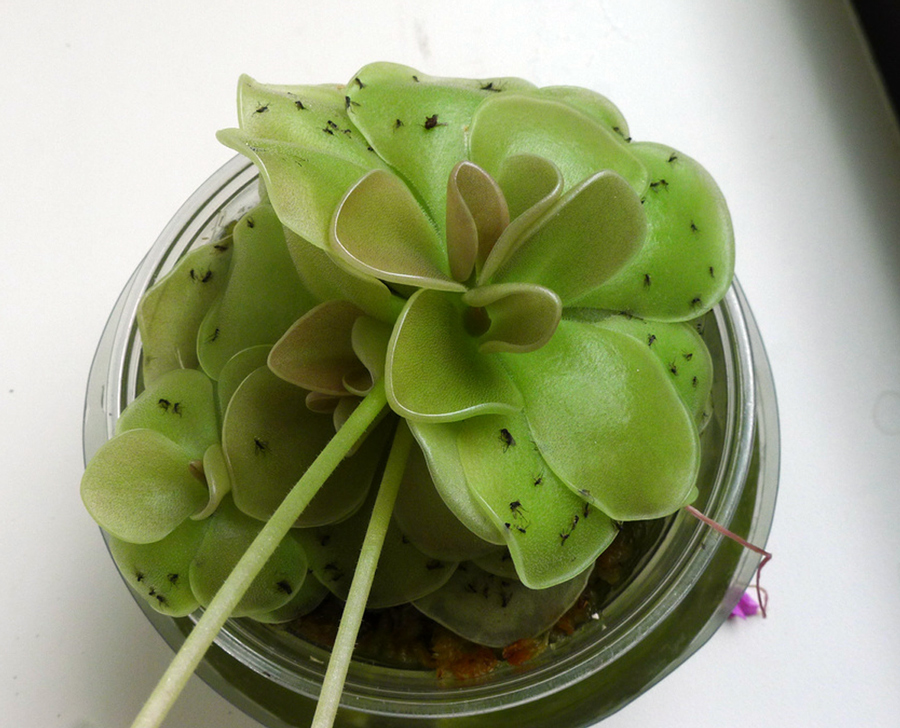
You’re not seeing spots, you’re seeing fungus gnats on your plants.
Myth #4: Treat indoor plant pests with pesticides
There are far less harmful ways to eliminate pests on your plants, and you don’t want to use harsh insecticides inside your home or office where you, your co-workers, your kids, or your pets are breathing. Try natural remedies first, such as insecticidal soap, horticultural oils, or even rubbing alcohol. Our fungus gnats advice can be used on a lot of plants for other pests. Keep your plants clean – if you happen to kill pests at the same time, yay! Even better: practice preventative measures so you don’t get any pests in the first place.
Myth #5: Your indoor plant is dying when the leaves turn yellow
Yellow leaves are a cry for help, but it doesn’t mean your plant is a lost cause. Check on the obvious causes first: too much or too little water; not enough light; overusing fertilizer or plant food.
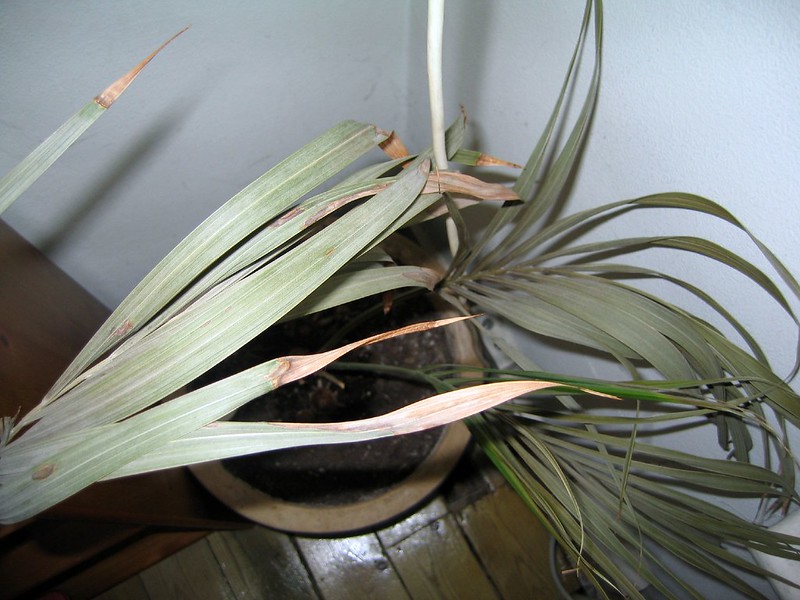
Don’t panic if the leaves on your plants are turning yellow or brown. First, diagnose the possible cause. Photo: Ruth Hartnup / Flickr
Myth #6: Sick plants need plant food
Fertilizers and plant foods can be beneficial to your plant, but they aren’t medicine. It is intended for healthy plants that are growing vigorously and are using up the essential nutrients in the soil. You cannot force plants to use more nutrients than they need. Excess nutrients accumulate in the soil and burn tender roots and cause leaf discoloration. Ailing plants absorb fewer nutrients than healthy plants. Save your fertilizers for when your plant is better able to absorb nutrients.
Myth #7: Brown leaf tips mean your plant is overwatered
Maybe. But these are common symptoms for a whole lot of problems including too LITTLE water, hard water, poor light, poor soil, or even excess fertilizer (See Myth #6). Do some investigating to determine the cause before taking action.
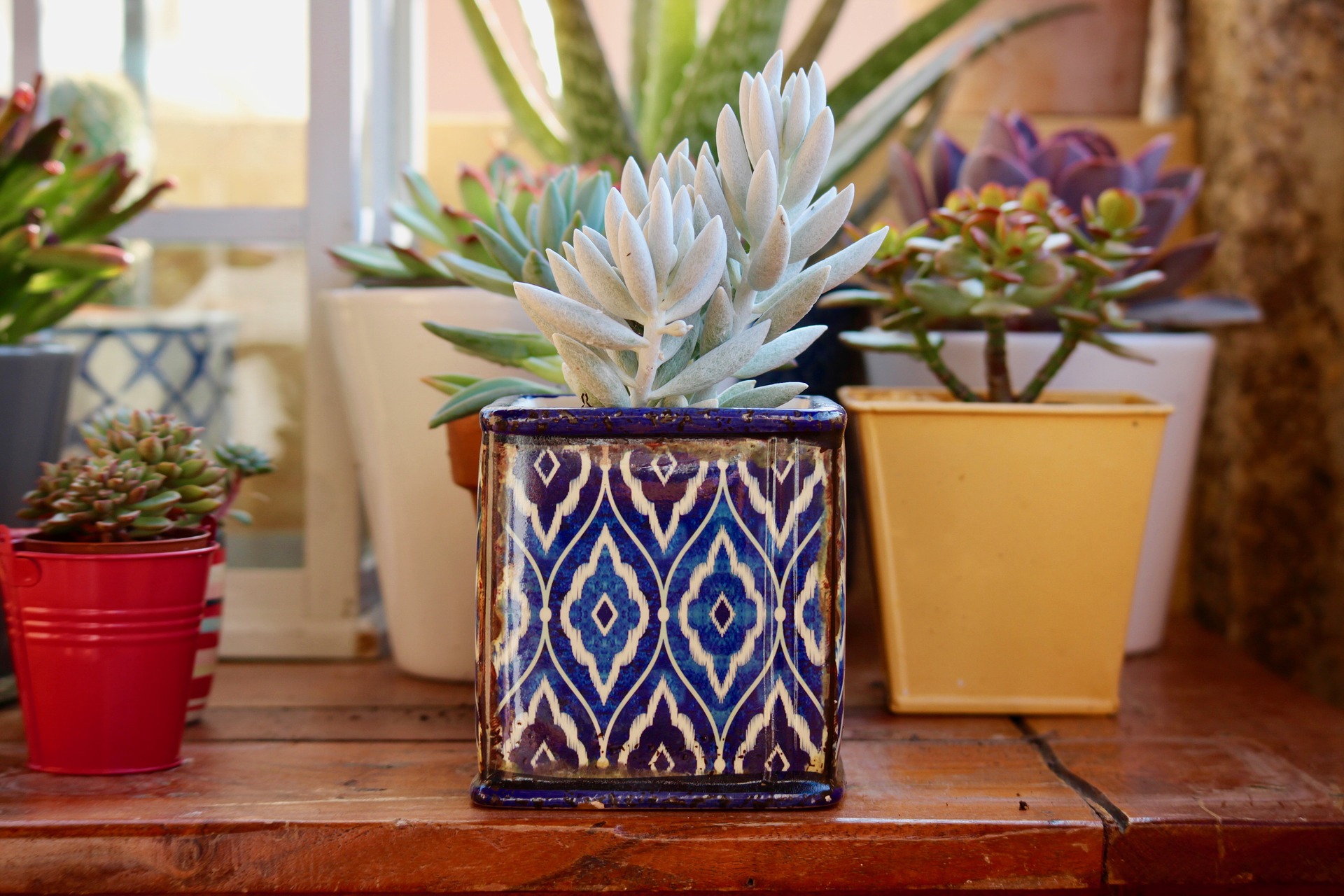
There is no need to add anything to your plant containers but the proper potting soil. Photo: SweetLouise/CreativeCommons License
Myth #8: Put rocks to the bottom of a pot to help with drainage
Water will sink to the lowest point possible in a plant container, which should be soil at the bottom. When you raise the lowest level of soil up with rocks, you are forcing water to sit higher in the soil instead of settling at the bottom thanks to gravity. This makes it more likely for root rot to occur. There are good soil additives for better drainage such as perlite or gypsum, but you don’t pour them into the bottom of a pot. Plus, adding rocks adds extra weight to your pot, which can make it too heavy and dangerous to move when necessary.
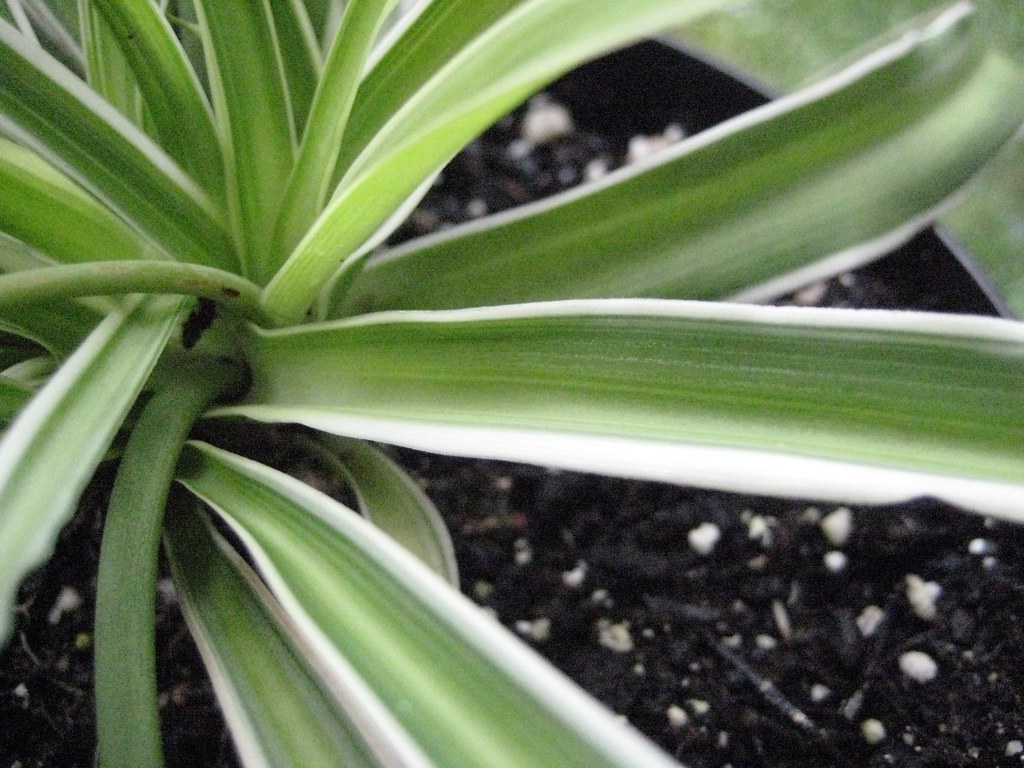
Keep your indoor plants healthy and pest free with gentle cleaning. Photo: Madiase/Flickr – Creative Commons License
Myth #9: Make your plant leaves shiny with mayonnaise or egg whites
Eww. No. This is such a gross idea. Mayonnaise or any other product will leave a residue on the leaves. It will attract bugs, diseases, and dust. This will clog the pores on the leaf or leaves. If you want your plant leaves to be clean and shiny, use a soft rag like an old-t-shirt, dampen it with NOTHING more than water, and GENTLY wipe any dust or debris off. Your plants will grow and be happy when they are clean.
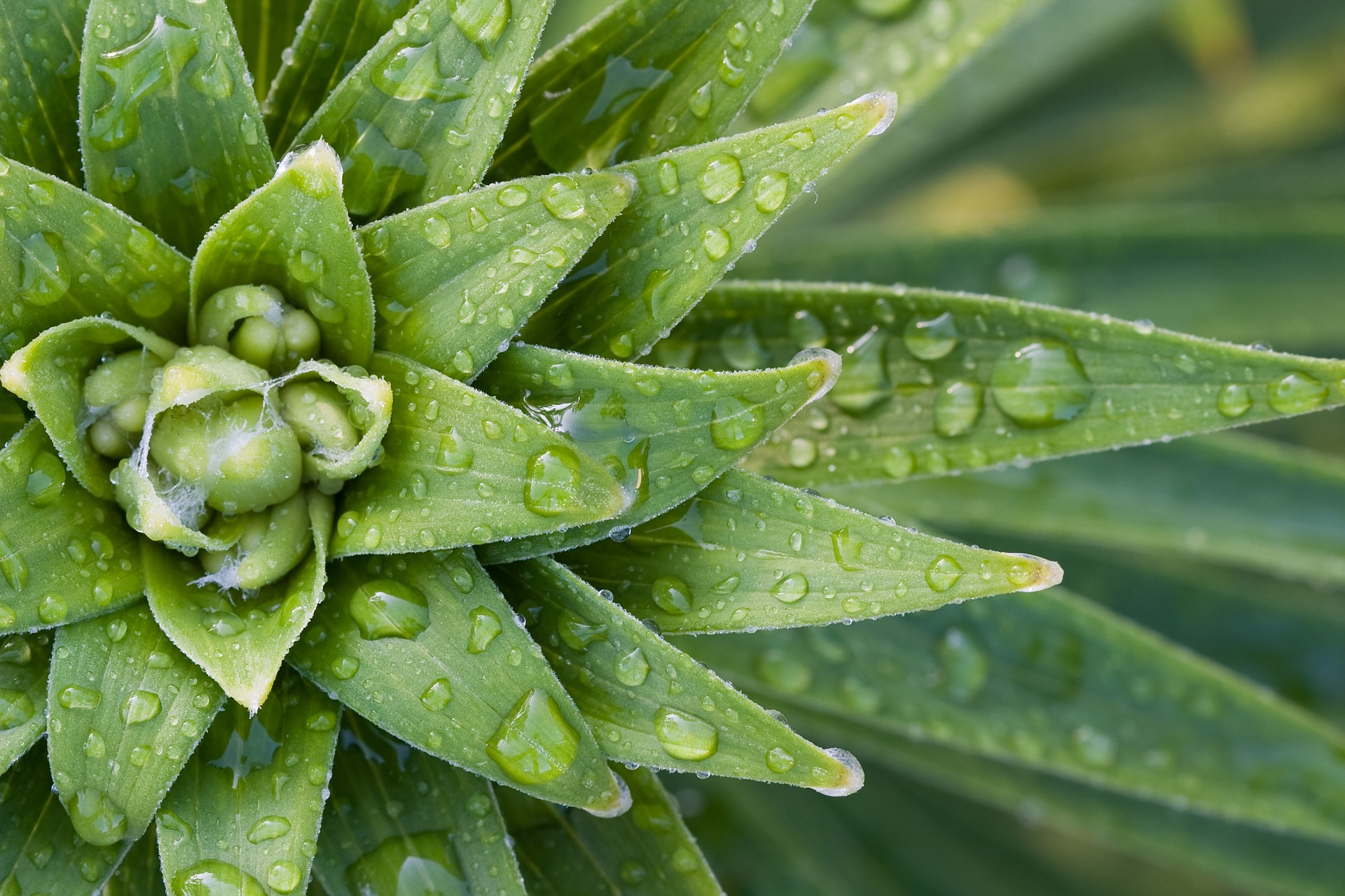
Myth #10: Water your plants weekly on a regular schedule
It would make caring for your indoor plants easier to water on a regular schedule you can remember, such as every Saturday. You won’t forget and let your plant die of thirst that way. But this sort of routine puts your plants at risk of the number one problem: overwatering. Plants have individual needs for water, live in different types of containers and potting soil, and their placement in your home or office will also make a big difference. Assess each one on a regular basis and water ONLY if needed. If it’s hard for you to tell, invest in a simple watering meter to give you a precise measurement. But your finger is still the best test for moisture levels.

